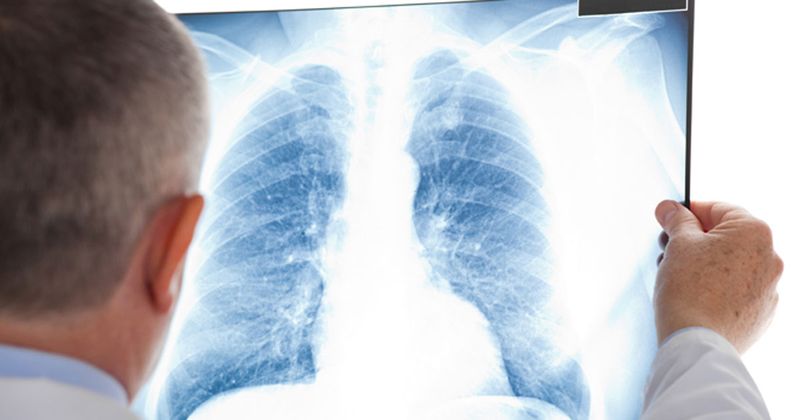Addition of tumor treating fields to standard therapy extends OS in advanced lung cancer
Key takeaways:
- Tumor treating fields are electric fields designed to exert physical force to kill cancer cells.
- The addition of this treatment to immune checkpoint inhibitors conferred a significant OS benefit for patients with stage IV non-small cell lung cancer.
- Researchers reported a trend toward longer OS with the addition of tumor treating fields to docetaxel.
The addition of tumor treating fields to standard therapies significantly improved OS for certain patients with non-small cell lung cancer, according to the therapy’s manufacturer.
Tumor treating fields (Novocure) are electric fields that are utilized to exert physical forces to kill cancer cells.

The randomized, open-label LUNAR study evaluated the safety and effectiveness of tumor treating fields for patients with stage IV NSCLC whose disease progressed on or after platinum-based therapy.
Patients in the control group received either immune checkpoint inhibitors alone or docetaxel alone. Patients in the experimental arm received tumor treating fields plus either immune checkpoint inhibitors or docetaxel.
Results showed a statistically significant improvement in OS — the study’s primary endpoint — with the addition of tumor treating fields to immune checkpoint inhibitors.
Researchers reported a positive trend in OS with the addition of tumor treating fields to docetaxel.
Full results of the LUNAR study will be presented at a medical conference.
“We are pleased with the positive readout of the LUNAR study. Prior to LUNAR, the last phase 3 trial to lead to significant improvement in overall survival in late-stage, platinum-resistant non-small cell lung cancer was 6 years ago, underlining the difficulty in treating this disease,” William Doyle, executive chairman of Novocure, said in a company-issued press release. “We are also pleased by the profound performance of [tumor treating fields] together with immunotherapy, which has the potential to meaningfully extend patient survival beyond what was previously possible.”










